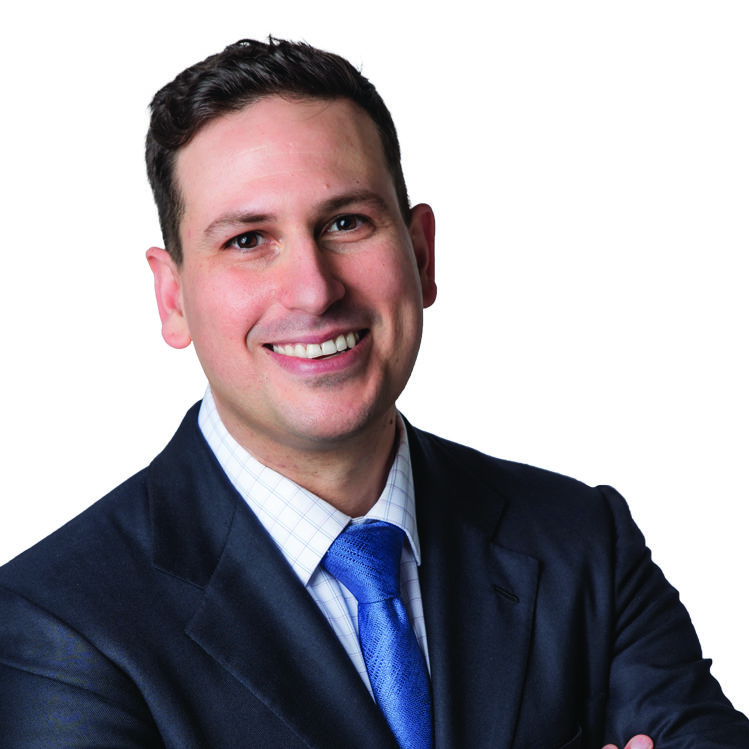“AFCP 2.0 is yet another tool in an applicant’s tool belt [but] patent practitioners should be cautious, as examiners have very limited time under the program.”
 When the After Final Consideration Pilot Program 2.0 (“AFCP 2.0”) first launched in May of 2013, the program was lauded by both patent practitioners and USPTO officials as an effective tool to reduce pendency by advancing prosecution while reducing the number of Requests for Continued Examination (RCEs). Since then, the USPTO has renewed the program multiple times and is still active. Essentially, the program provides another bite of the apple for the applicant by giving some time for the patent examiner to consider additional claim amendments after prosecution has closed without charging the applicant any additional fees. However, many patent practitioners today are finding little value in the program. Is AFCP 2.0 beneficial for advancing prosecution without filing an RCE? As a former primary examiner with ten years at the USPTO, I have a unique insight into the program and how it should be properly utilized.
When the After Final Consideration Pilot Program 2.0 (“AFCP 2.0”) first launched in May of 2013, the program was lauded by both patent practitioners and USPTO officials as an effective tool to reduce pendency by advancing prosecution while reducing the number of Requests for Continued Examination (RCEs). Since then, the USPTO has renewed the program multiple times and is still active. Essentially, the program provides another bite of the apple for the applicant by giving some time for the patent examiner to consider additional claim amendments after prosecution has closed without charging the applicant any additional fees. However, many patent practitioners today are finding little value in the program. Is AFCP 2.0 beneficial for advancing prosecution without filing an RCE? As a former primary examiner with ten years at the USPTO, I have a unique insight into the program and how it should be properly utilized.
After Final Consideration Pilot 2.0 Requirements and Implications
As with any USPTO program, there are certain strings attached. To meet the minimum requirements, the patent application must (1) be a utility, plant, or design application that is not a reissue or reexamination proceeding; (2) contain an outstanding final rejection; (3) include a transmittal form that identifies the submission as an AFCP 2.0 submission and requests consideration under the program; (4) have an amendment to at least one independent claim that does not broaden the scope of the independent claim in any aspect; and (5) provide a statement that the applicant is willing and available to participate in any interview initiated by the examiner concerning the accompanying response.
From the patent examiner’s perspective, the program is placed on an expedited docket. The examiner has a total of three hours to consider the AFCP 2.0 submission, including time to prepare and conduct an interview (one hour of the 3 hours). That leaves only two hours to consider the claim amendments, conduct a search, and review/respond to applicant arguments. Due to the extraordinarily short period of time the USPTO allots examiners under the program, it is impractical for an examiner to perform a complete search and examination of substantive claim amendments that include new subject matter.
When to Use AFCP 2.0
During my time as an examiner, I found that the majority of patent practitioners did not know about or appreciate the examiner’s time limitations under AFCP 2.0. A big problem with the program is that it allows patent examiners to treat an AFCP 2.0 request as an after-final submission under pre-pilot practice. The basis for pre-pilot treatment is because the examiner has determined no search and/or consideration can be performed within the time permitted (i.e., 3 hours). Under pre-pilot practice, the examiner has the discretion to simply deny entry of any claim amendments or any additional evidence presented after prosecution has closed (i.e., after a final rejection).
However, in certain limited circumstances, the program may be effective for applicants. The optimal use of the program usually arises when minor non-substantive claim amendments are holding up a notice of allowance. For example, AFCP 2.0 is a good option when an applicant submits claim amendments incorporating previously indicated allowable subject matter. The program is also suitable for claims that are free of the prior art and the only issues remaining relate to claim language (e.g., indefiniteness). Another example that may benefit the applicant is merely using the program to submit claim amendments that place the claims in better condition for appeal and allow entry of additional arguments for the record without having to pay any additional fees. The program is not useful for claim amendments that contain newly presented subject matter and that the examiner did not previously consider; three hours is simply not enough time for the examiner.
Proceed with Caution
AFCP 2.0 is yet another tool in an applicant’s tool belt. Patent practitioners should be cautious when using AFCP 2.0 as examiners have very limited time under the program. However, when the circumstances are appropriate, the program can give an examiner just enough time to consider certain claim amendments that could lead to an allowance and avoid the filing of an RCE.
Image Source: Deposit Photos
Copyright: iqoncept
Image ID: 61369901

![[IPWatchdog Logo]](https://ipwatchdog.com/wp-content/themes/IPWatchdog%20-%202023/assets/images/temp/logo-small@2x.png)

![[Advertisement]](https://ipwatchdog.com/wp-content/uploads/2024/04/Artificial-Intelligence-2024-REPLAY-sidebar-700x500-corrected.jpg)
![[Advertisement]](https://ipwatchdog.com/wp-content/uploads/2024/04/UnitedLex-May-2-2024-sidebar-700x500-1.jpg)
![[Advertisement]](https://ipwatchdog.com/wp-content/uploads/2024/04/Patent-Litigation-Masters-2024-sidebar-700x500-1.jpg)

![[Advertisement]](https://ipwatchdog.com/wp-content/uploads/2021/12/WEBINAR-336-x-280-px.png)
![[Advertisement]](https://ipwatchdog.com/wp-content/uploads/2021/12/2021-Patent-Practice-on-Demand-recorded-Feb-2021-336-x-280.jpg)
![[Advertisement]](https://ipwatchdog.com/wp-content/uploads/2021/12/Ad-4-The-Invent-Patent-System™.png)






Join the Discussion
6 comments so far.
Dennis Parad
June 11, 2022 10:47 pmThank you for the wonderful feedback!
Anon
June 9, 2022 02:06 pmThe only time that the AFCP 2.0 program has been of value is when I have an established relationship with the examiner and we are close enough to allowance in a case that an Examiner’s Amendment would generally suffice, but since the examiner has been helpful in prosecution that we opt to try to give him as much credits as possible.
Outside of this type of circumstance, AFCP 2.0 may be used for an attempted additional interview, but most often, they are denied (under the rubric of not enough time — even as ensuing RCE’s show no more effort than what could have been done under the AFCP program).
Of course, your mileage may (and likely will) vary.
Night Writer
June 9, 2022 10:10 amI think that was a pretty good analysis. I’ve probably had 50+ patent application allowed under the AFCP 2.0. Usually new claim amendments are too much to get an allowance but not always. Generally, I file a AFCP 2.0 to give the Examiner a little extra time when they say they are going to allow the claims anyway.
But the article is correct that the line is usually new elements in the claims tend to require an RCE. I would say though that it is very common for elements from dependent claims, which were not indicated as allowable, incorporated into the independent claim often are allowed.
The issue here is I interview the Examiner and they admit that the dependent claim isn’t disclosed in the cited references. They are then in a position of an appeal or after final conference or an allowance. They usually just allow. This is a very common scenario for me.
Alan
June 8, 2022 04:32 pmThank you for this information. I have had mixed experiences with AFCP 2.0. I usually have an examiner interview first to try to get an agreement on what will be claimed in the amended claims. Oftentimes the result is the claims will only be considered via an RCE. I have never had to use AFCP 2.0 to get an amendment entered for objected to but otherwise allowable subject matter (e.g., dependent claims rewritten in independent form) nor for 112 amendments correcting minor clerical errors. I was unaware how limited the amount of time provided under the pilot is.
Pro Say
June 8, 2022 04:00 pmThanks Dennis. Useful, actionable info and insight.
From your own cases and those of others you’ve seen, can you provide at least a rough percentage estimate for when AFCP 2.0 requests led directly to allowance (without an RCE or appeal)?
Does the PTO keep track? If so, there a link?
Thanks.
Primary Examiner
June 8, 2022 11:18 amI have mixed feelings about this pilot.
As you point out, in some situations it can be useful, especially to resolve 112 issues.
In TCs where 101 rejections are not common I think it would be more useful than in areas where 101 rejections are more prevalent. That is my personal opinion at least.